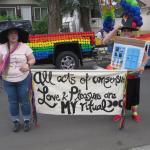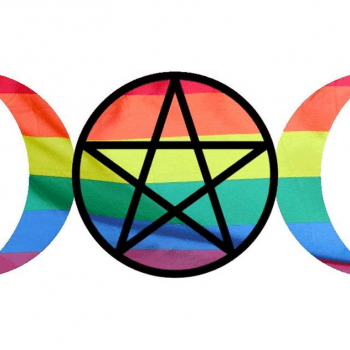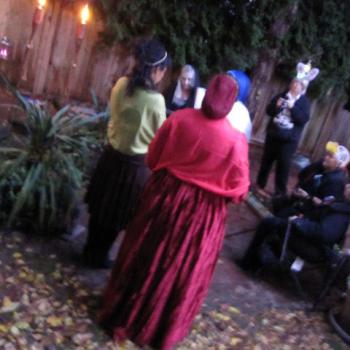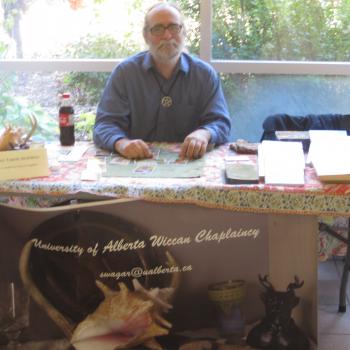Morality, defined as an activity of the soul, is an ongoing process of entering into one’s destiny and nature with responsibility, that is, with a response in life to the demands uncovered in moral reflection. Gradually during a lifetime, we discover what life demands of us and step by step we deepen our values. Moralism, on the other hand, is some fixed notion about what one’s nature requires. Essentially, moralism is a defence against morality, the safeguarding of a single, safe idea about one’s life and resistance against the subtlety and complexity of that life. Moralism protects a person from the unfolding of complexity. – Thomas Moore
Ritual is only real when it is performed. And so if you’re just reading this and not planning to perform or participate in rituals, you’re wasting your time – you will never understand. Ritual is not only a literary form but a way of acting that cause effects in itself – for example as the ritual statement “I now pronounce you married” in a wedding ceremony makes a couple married. Meanings that we give to ritual performances reflect the cultural and religious predispositions of the people participating in the ritual, not anything inherent to it. The technical aspects of ritual performance are, however, usually taught as though they had meanings. This can give ritual performance greater power to start with but it limits the options available to the performer and the participants, which is why I am trying to avoid conflating the two things.
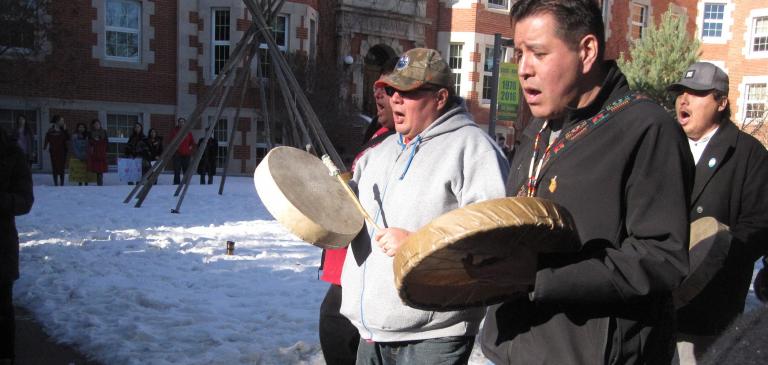
It might take you a little longer to build up a head of steam if you are aware that it is the process of ritual doing that creates energy and meaning but you will, I am sure, come out of it as a stronger ritualist in a larger number of settings and dealing with more issues than if you trained in a single tradition only, or than if you only followed a cookbook.
We begin formal rituals in a special space set aside. This sanctuary space allows the focus and specific actions to do ritual and produce results that may or may not later be brought back into our lives as a whole. These rituals have a formal opening and closing of the boundaries of the ritual space, inviting people to come in (it’s not just completely open door during the ritual), outside ordinary time and include reflection outside of time, space and culture. It also is specifically a liminal space with participants in between states, and outside of their conventional social roles.
Ritual is practice, not theory, and not dogma. But consistent and coherent ritual experimentation and goal-directed ritual construction is limited if we don’t think about what we’re doing – we just do what we have always done, then, which limits our ability to address different problems and repeats the same problems. We are faced with a practical or technical set of questions – not a theological, moral, or ethical issue but much more concrete, not”what is right?” but “what works?”
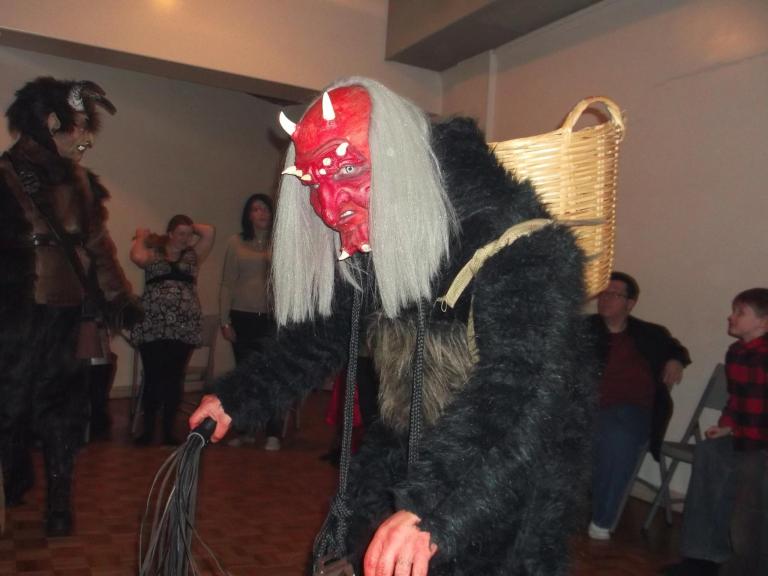
Although some people feel that rituals were handed down from the divine ancestors or the Gods themselves and so all we can do is simply repeat what has been done forever before us, I disagree completely with this perspective. Rituals were written by people to deal with problems or express feelings around experiences they had or wanted to have. That means that other people can write other rituals. And, I definitely take the perspective that older rituals should serve as raw material for newer ones – as they always have. Our divine ancestors improvised using the materials at hand and adapted them to the task or story and so we must write rituals inspired by our personal connection. The conscious creation and adaptation of ritual, as a matter of course, creates fluid and very pragmatic use of it as a tool for spiritual and personal exploration that actively subverts dogmatism.
The effect is what is the most important but we can also have aesthetic judgements of the value of a particular piece of ritual. Although ritual is not simply artwork (in the ‘art for its own sake’ mode) it is important to pay attention to language, pacing, movement and gesture, and the theatrical tricks as well as explicit content of a piece of ritual. Ritual is not simply lecture and the tendency to just tell yourself, or tell others, what it is that you want the ritual to be about drains away the power of it. Ritual is to be performed and to be experienced and the meanings must come from the emotional reliving of the ritual, the impression and experience of it, from what is deep in it and not the surface aspects of it.
The actions in a ritual are often similar to actions that we undertake at other times in our lives. We light candles when it is dark; we sing because we like music, we share meals with friends. But we also perform actions that we ordinarily don’t or in unusual order – we don’t ordinarily walk all the way around a room to get from one side to the other, we move more rapidly ordinarily and speak less clearly, we are less focused and more day to day ordinarily. Our clothing may be different, our style of movement usually is, our choice of language.
Next Week “Ritual of Transformation”



